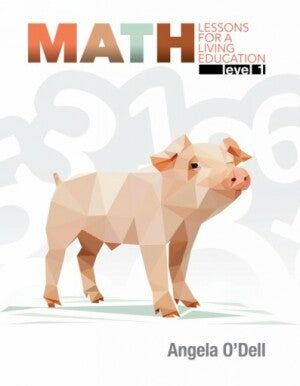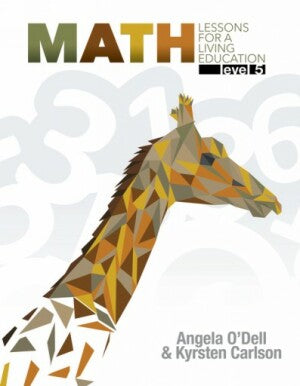Standard Deviants Espa ol: Fis ca 5 Las tres leyes de movimiento
The Standard Deviants discuss not one, not two, but three laws of motion, courtesy of Sir Isaac Newton. Then we'll roll up our sleeves as we look at work and energy. The student that has completed Standard Deviants School Physics Modules 3 and 4 has mastered motion in straight and circular paths with and without acceleration. Now it is time to apply Newton s Laws of Motion. This branch of study is also known as Newtonian Physics and it applies to everyday conditions of speed, time, and gravitational pull here on earth. Students learn the theorems that have been proven so often they are called laws. Newton s first law describes inertia with respect to objects at rest and in motion and their reaction to external forces. The second law of motion describes and defines these forces. Newton s third law describes the opposing and opposite forces exerted between objects. Concepts include forces in equilibrium, mass as opposed to weight, inertia, static and kinetic friction, tension and new units of measure such as the Newton.






